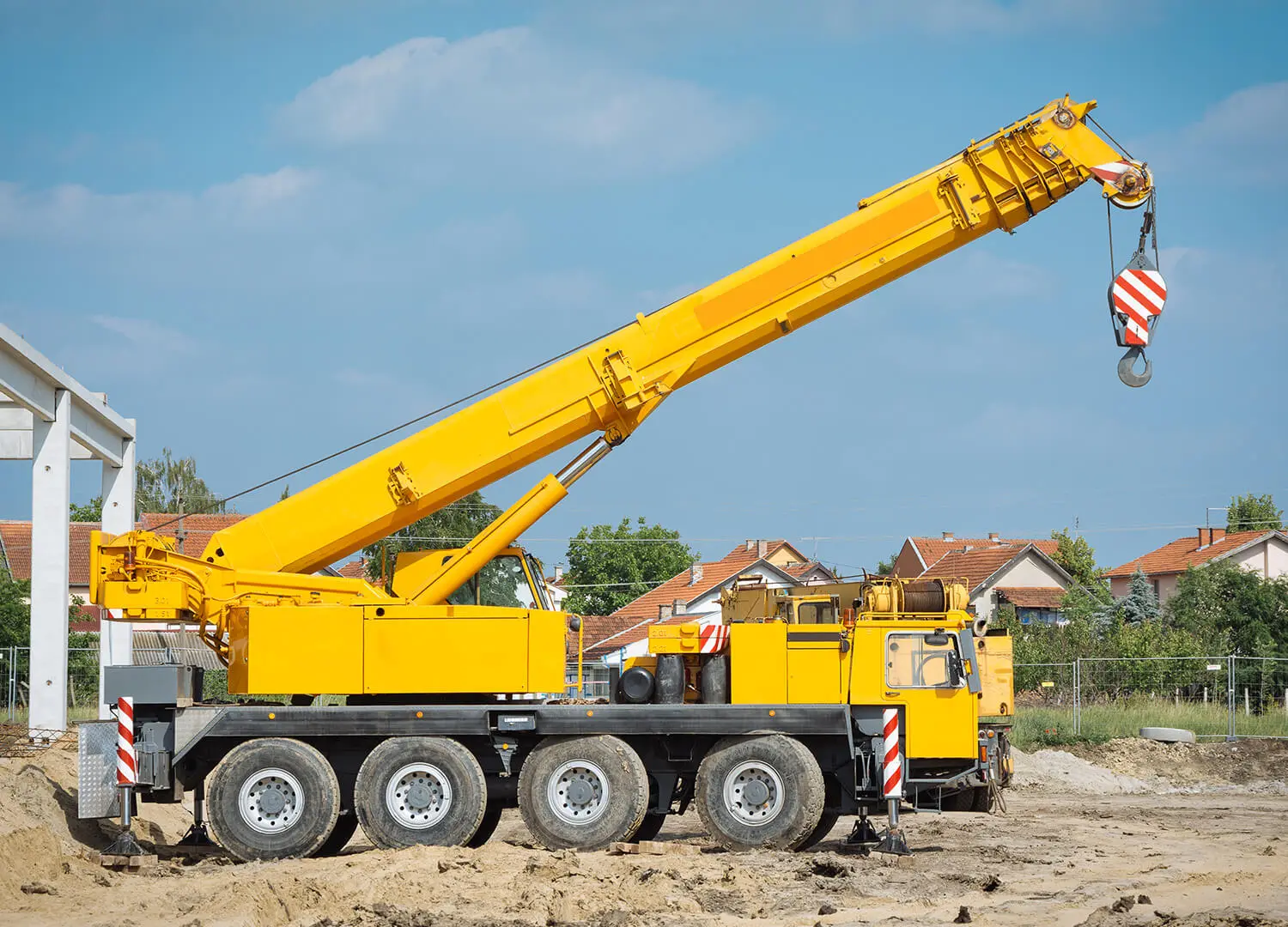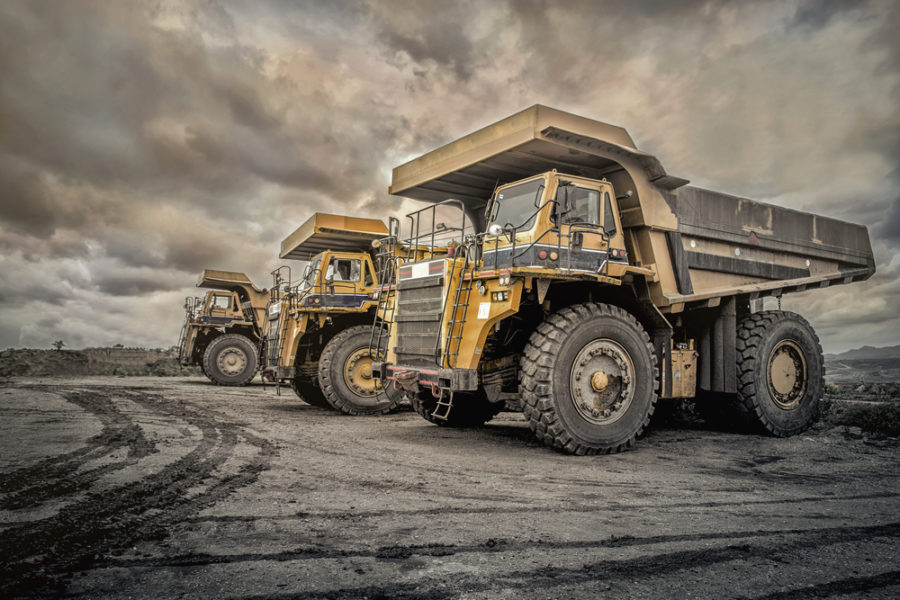Aerial Lift Rental for Construction and Maintenance Projects
Wiki Article
A Comprehensive Overview to Heavy Equipment Used in the Building And Construction Sector
In the realm of construction, the usage of hefty tools stands as a foundation for performance and efficiency. From looming cranes to earth-shaking bulldozers, each item offers an essential objective fit the physical landscape around us. Understanding the subtleties of these devices, their functions, and the strategic factors to consider behind their selection can suggest the distinction in between a job's success and failure. As we start this exploration of the comprehensive guide to heavy tools made use of in the construction industry, we will certainly look into the complexities that govern their procedure, upkeep, and the developing landscape of technical developments that remain to redefine the limits of building abilities.Types of Hefty Tools
Within the building market, a varied range of hefty tools is made use of to successfully execute various tasks. Excavators are among the most generally used kinds of heavy devices. These functional equipments are equipped with an arm, container, and taxi placed on a revolving system, enabling for digging and moving products with accuracy. Bulldozers, with their vast tracks and immense blade in the front, are necessary for jobs such as grading, clearing, and pressing hefty products. Cranes play an important duty in training and moving heavy products on building sites. Tower cranes are typically utilized for tall structures, while mobile cranes are flexible and can be easily carried to various areas. Furthermore, discard trucks are essential for transferring products such as sand, gravel, and particles around building sites. Their capability to lug hefty tons makes them essential for keeping a smooth workflow. Each kind of hefty tools plays a crucial role in making certain that construction projects are finished successfully and successfully.Functions and Applications
One of the vital elements in comprehending the efficiency of heavy tools within the building market is analyzing their details features and applications. These machines are made to do a range of tasks that are essential for building jobs of all sizes. Excavators, for example, are typically utilized for excavating holes, trenches, and structures, while bulldozers succeed in clearing up and grading land. Cranes are crucial for raising and moving heavy materials on building and construction sites, and unload trucks are important for transferring materials like gravel, sand, and dust. Furthermore, loaders are flexible makers that can deal with tasks such as product handling, excavation, and grading.The applications of hefty devices extend beyond traditional building and construction tasks. For instance, portable track loaders are optimal for functioning in rough surfaces, making them appropriate for landscaping and farming projects. Skid steer loaders are typically made use of for jobs requiring maneuverability in limited rooms, such as indoor construction or demolition tasks. Recognizing the features and applications of heavy tools is important for using these makers efficiently in different building circumstances.
Considerations for Devices Selection
When picking heavy devices for building projects, careful consideration of different variables is essential to ensure ideal efficiency and efficiency. The very first factor to consider is the particular requirements of the job. Understanding the range, size, and complexity of the building and construction job will help identify the kind and dimension of devices needed. Second of all, the terrain and atmosphere where the tools will be made use of must be taken into consideration. Equipment matched for harsh terrains may differ from those required for metropolitan setups. Expense is one more vital aspect. Stabilizing the initial acquisition cost with maintenance and operating expenses over the devices's life-span is necessary. Additionally, the schedule of extra components and company need to be taken into consideration to reduce downtime. Safety and security attributes, operator training requirements, and conformity with regulations are non-negotiable facets that impact devices selection. Finally, assessing the online reputation and dependability of devices manufacturers can aid make certain longevity and efficiency. By meticulously evaluating these considerations, construction business can choose the right heavy devices for their jobs, leading to successful outcomes.Upkeep and Safety And Security Practices
Executing stringent upkeep and safety techniques is vital in the construction market to guarantee the long life of heavy devices and the defense of workers. Routine maintenance schedules ought to be developed and complied with for all hefty machinery. This includes routine inspections, lubrication, and substitute of worn components to prevent failures and make sure optimal performance. Proper training for equipment operators is vital to lessen the threat of mishaps. Operators must be well-versed in the risk-free use of each machine, including comprehending its abilities and limitations.Security procedures must be strictly imposed on construction sites to safeguard employees and protect against injuries. This includes the usage of personal protective equipment, such as hard hats, handwear covers, and steel-toed boots. In addition, all personnel should go through normal safety training to remain educated about prospective threats and appropriate emergency situation procedures. Resources It is crucial to perform extensive pre-operational checks before utilizing any equipment to validate that it remains in excellent working condition. By focusing on maintenance and safety techniques, construction companies can promote a secure work setting and extend the life expectancy of their heavy machinery.

Emerging Fads in Building Equipment
To remain in advance in the building conveyors industry and adjust to developing needs, business are progressively transforming in the direction of integrating advanced technologies and advancements in their hefty devices, showing the emerging trends in building devices. One popular fad is the integration of telematics systems in building and construction equipment. These systems enable real-time surveillance of tools performance, location monitoring, and even anticipating upkeep, improving functional efficiency and reducing downtime.
An additional considerable pattern is the rise of self-governing building and construction devices. From self-driving dump vehicles to automated bulldozers, these makers are revolutionizing building sites by boosting productivity, precision, and security. Additionally, making use of drones for checking, mapping, and progress tracking is becoming more prevalent, giving valuable understandings and streamlining process.
In addition, the building and construction sector is increasingly checking out the application of 3D printing modern technology to create components and also whole frameworks on-site, saving time and prices while making it possible for greater style versatility. As modern technology remains to breakthrough, these arising patterns are positioned to shape the future of construction devices, driving development and effectiveness across the sector.
Conclusion
In conclusion, heavy tools plays a crucial role in the building and construction industry by offering the needed power and efficiency to complete numerous tasks - dozer rental. Understanding the different kinds of tools, their functions, and applications is necessary for selecting the appropriate devices for the job.
Implementing rigid maintenance and safety and security techniques is extremely important in the building industry to make sure the longevity of heavy devices and the security of employees.To stay in advance in the building industry and adjust to evolving demands, business are progressively transforming in the direction of incorporating cutting-edge technologies and innovations in their heavy equipment, showing the emerging trends in building and construction tools.In final thought, heavy tools plays a critical function in the construction sector by offering the needed power and performance to complete numerous jobs. Recognizing the various types of tools, their features, and applications is important for selecting the ideal equipment for the job.
Report this wiki page